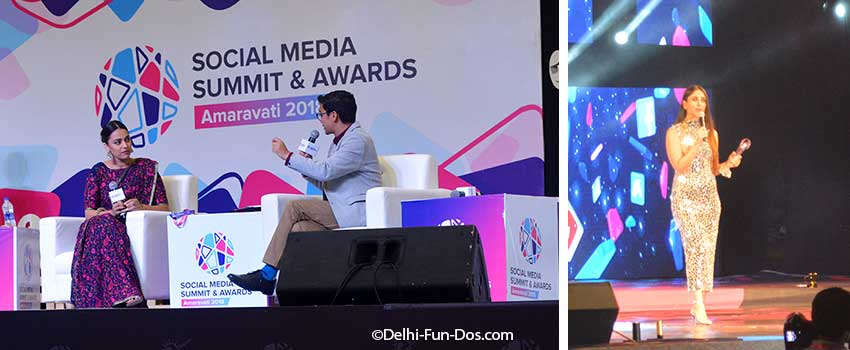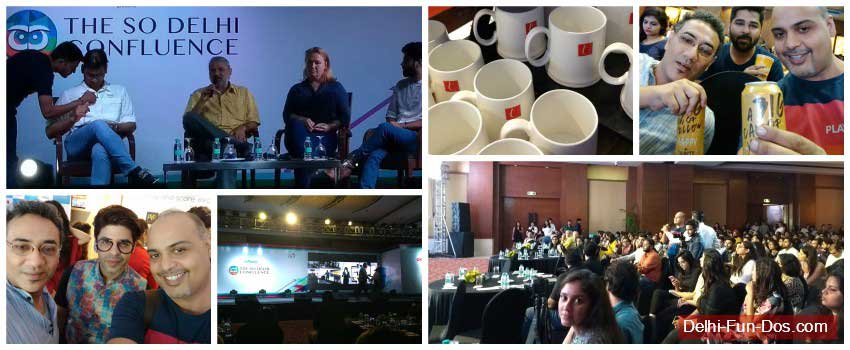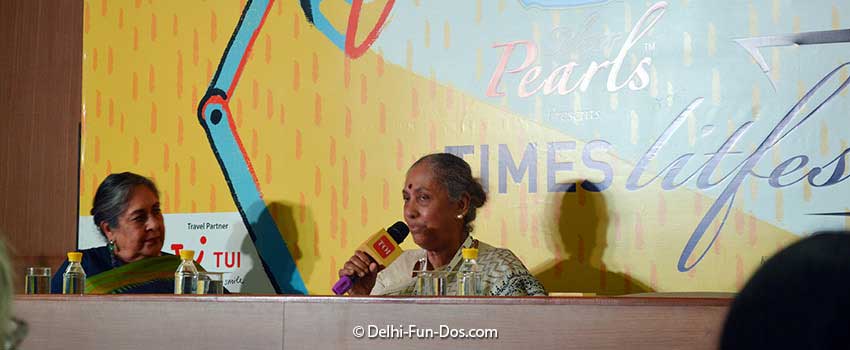Though Doordarshan’s Ramayan and Mahabharat serials brought these epics back to our living rooms, they had always been a part of the Indian culture, language, and art. These great scriptures have influenced many an artists and performers world over for generations. Characters and situations from these scriptures form our everyday lingo like “Ghar ka bhedi lanka dhaaye” or “sleeping like Kumbhkarna” etc. No wonder our art and culture are greatly influenced by Ramayan and Mahabharat.
We recently attended a talk session on the Impact of Indian Mythology on Art at Oxford Book Store in Connaught Place. The panelists Dr. Alka Raghuvanshi, Manohar Khushalani, Pratibha Prahlad, and Wasifuddin Dagar narrated their own personal experiences as well as their take on how Ramayan and Mahabharat have been influencing their work.
Dr. Alka Raghuvanshi spoke about stupendous recital of Mahabharat by Teejan Bai, shadow puppets of Andhra Pradesh, and the world-famous Ramnagar Ramlila of Benaras that moves from one location to another during the days of Ramlila and how the whole city moves along with the artists.
Bharatnatyam dancer and arts administrator Pratibha Prahlad believes that these epics are not mythology as there is no myth involved. Mahabharat and Ramayan have always been relevant and reinterpreted over centuries in India. These are the stories of living gods, everyday gods… Her analysis of various incidents from these books were not just interesting but enlightening as well. It’s heartening to see how this literature has inspired her to create dance drama performances. The dance performances contemporize our gods to not only recreate the story but also initiate a conversation with the audience, This in turn is in sync with Hindu ideology where we have always been free to question our gods!
While theatre actor/director Manohar Khushalani who has used these epics in his theatre productions, shared several incidents with the audience, Dhrupad exponent Wasifuddin Dagar, sang songs inspired by Ramayan in his mesmerizing voice. His Dhrupad rendition was an apt and live example of how these epics have been impacting generations of artists to create works of art that have the same source but are still unique. How the epics have been breaking boundaries – geography, religions, languages.
This hour-long talk ended with a Q&A session with media personnel and bloggers. The talk on Indian Mythology and Art once again reminded us of our rich literature, culture, and traditions, our inheritance that has influenced and illuminated the lives of millions imparting life lessons in various spheres.




0 Comments